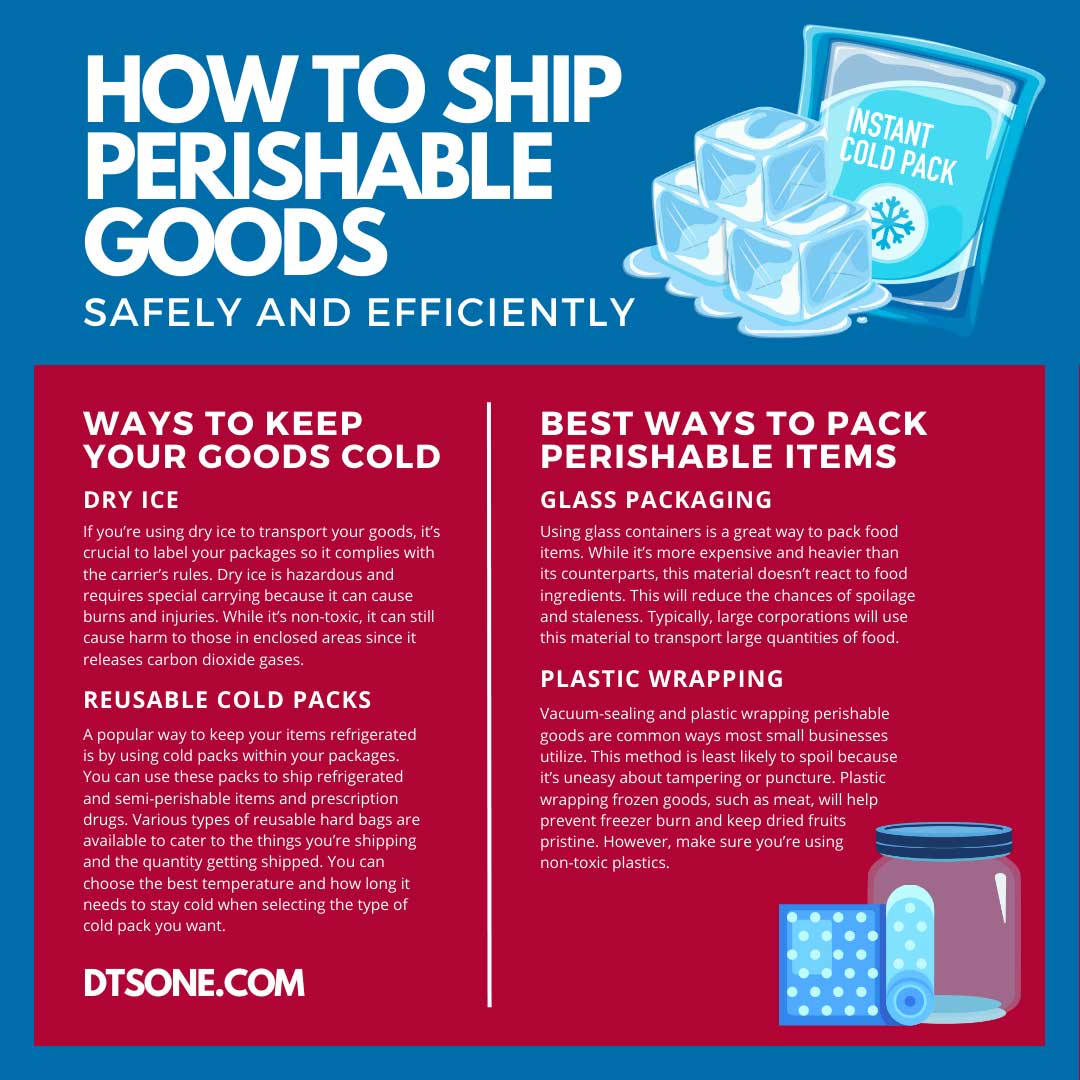Mastering the Art of Freshness
Keeping perishable inventory fresh is a crucial aspect of running a successful business, especially for industries such as food service, grocery stores, and floral shops. Mastering the art of freshness requires careful planning, organization, and attention to detail. By implementing effective strategies and utilizing the right tools, businesses can ensure that their perishable items are always in top condition, ultimately leading to higher customer satisfaction and increased profits.
One of the key factors in mastering the art of freshness is proper inventory management. This involves closely monitoring stock levels, tracking expiration dates, and rotating products to ensure that older items are used first. By keeping a close eye on inventory levels, businesses can avoid overstocking perishable items, which can lead to waste and spoilage.
Efficient inventory management also involves utilizing technology to streamline the process. Many businesses use inventory management software to track stock levels, monitor expiration dates, and generate reports on product turnover. This allows businesses to make informed decisions about ordering and stocking perishable items, ultimately reducing waste and increasing efficiency.
Another important aspect of mastering the art of freshness is proper storage and handling of perishable items. Different types of perishable items require different storage conditions, such as temperature and humidity levels. For example, fresh produce should be stored in a cool, dry place, while flowers may require refrigeration to stay fresh. By ensuring that perishable items are stored correctly, businesses can extend their shelf life and maintain their quality.

Image Source: dtsone.com
In addition to proper storage, businesses should also pay attention to handling perishable items with care. This includes using appropriate packaging materials, avoiding rough handling, and following proper sanitation practices. By taking these steps, businesses can prevent damage to perishable items and ensure that they remain fresh for as long as possible.
One effective strategy for mastering the art of freshness is implementing a first-in, first-out (FIFO) system. This means that the oldest perishable items are used or sold first, ensuring that nothing goes to waste. By consistently rotating stock and following the FIFO system, businesses can reduce the risk of spoilage and ensure that customers always receive fresh products.
Regularly inspecting perishable items for signs of spoilage is also essential for maintaining freshness. This includes checking for mold, discoloration, off smells, and other indicators of decay. By promptly removing any spoiled items from inventory, businesses can prevent contamination and protect the quality of their remaining stock.
Furthermore, businesses can also maintain freshness by building strong relationships with suppliers. By working closely with suppliers, businesses can ensure that they receive high-quality perishable items on a regular basis. This includes communicating about delivery schedules, quality standards, and any specific requirements for storing and handling products.
Overall, mastering the art of freshness requires a combination of careful planning, effective inventory management, proper storage and handling, and strong supplier relationships. By implementing these strategies and staying vigilant about the condition of perishable inventory, businesses can maintain the quality of their products, reduce waste, and keep customers satisfied. With the right approach, businesses can successfully manage perishable inventory with ease, ultimately leading to a more efficient and profitable operation.
Effortless Perishable Inventory Management
When it comes to running a successful business that deals with perishable inventory, such as a grocery store or a restaurant, efficient management is key. Keeping track of products that have a limited shelf life can be a challenging task, but with the right strategies in place, it can be done with ease.
One of the first steps in managing perishable inventory effectively is to establish a clear system for tracking and organizing products. This can include implementing a first-in, first-out (FIFO) system, where older products are used or sold before newer ones. By rotating stock in this way, you can ensure that nothing goes to waste and that you are always selling the freshest products to your customers.
Another important aspect of perishable inventory management is proper storage. Different products have different storage requirements, so it’s crucial to understand the needs of each item you carry. For example, fruits and vegetables may need to be stored in a cool, humid environment, while dairy products may require refrigeration at a specific temperature. By following these guidelines, you can extend the shelf life of your inventory and reduce the risk of spoilage.
In addition to tracking and storing products properly, it’s also essential to keep a close eye on inventory levels. Regular inventory counts can help you identify any potential issues, such as overstocking or understocking, before they become a problem. By staying on top of your inventory levels, you can avoid waste and ensure that you always have enough products on hand to meet customer demand.
Technology can also be a valuable tool in managing perishable inventory. There are many software programs available that can help you track inventory levels, monitor expiration dates, and generate reports on sales and trends. By harnessing the power of technology, you can streamline your inventory management process and make it more efficient and accurate.
Another important aspect of managing perishable inventory is effective communication with your suppliers. Keeping them informed about your inventory levels and sales trends can help them better anticipate your needs and ensure that you always have a fresh supply of products on hand. By working closely with your suppliers, you can build strong relationships that benefit both parties.
Overall, managing perishable inventory doesn’t have to be a daunting task. With the right systems in place, proper storage techniques, regular inventory counts, the use of technology, and good communication with suppliers, you can keep your inventory fresh and minimize waste. By taking a proactive approach to managing perishable inventory, you can ensure that your business runs smoothly and that your customers are always satisfied with the quality of the products you offer.
How to Handle Perishable Goods in Your Inventory